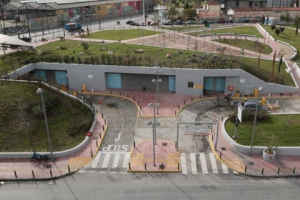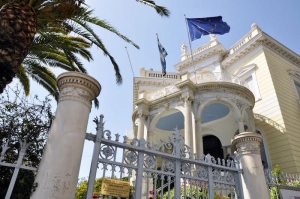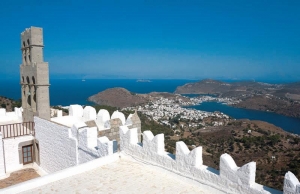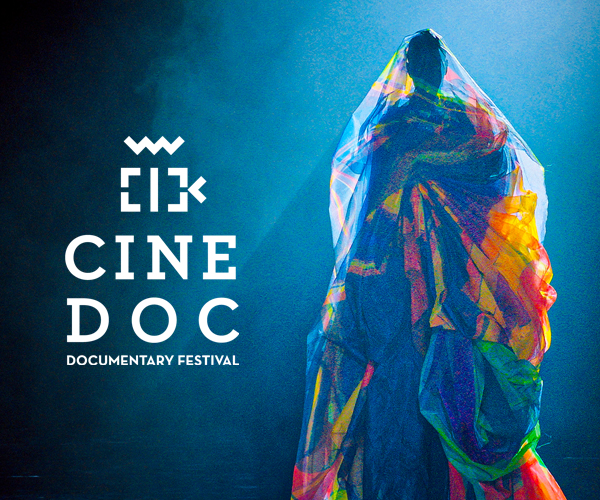Daily events (including music, bars, museums, galleries, markets etc.)
Acropolis
Summer daily 8am-7pm; winter daily 8.30am-3pm and floodlit by night
The Acropolis is a rocky mound rising above Plaka. It is the birthplace of Athens, and crowned by three ancient temples, the best known being the Parthenon.
Agorá
Daily
In ancient times Athens' political, administrative and cultural heart, today the Ancient Agora in Monastiraki is a green landscape dotted with crumbling ruins.
 Balthazar
Balthazar
Daily
Balthazar is an exclusive bar-restaurant set in a romantic walled garden decorated with fairy lights.
 Battleship Averoff Museum
Battleship Averoff Museum
Daily
The Battleship Averoff is the most important and impressive surviving naval vessel in the history of the Hellenic Navy. Commissioned in 1911, it served for 44 years.
Benaki Museum
Daily; not Tue
Occupying a neo-classical house in Kolonaki, the Benaki Museum offers a walk through the history of Greek art from 3000 BC up to the 20th century. Exhibits are laid out in chronological order.
 Benaki Museum of Islamic Art
Benaki Museum of Islamic Art
Daily; not Mon
The Islamic Museum in Athens, part of the Benaki Museum, has relocated to a bigger building for a better viewing experience. The neoclassical complex houses works from India, Persia, and Asia.
Byzantine & Christian Museum
Daily; not Mon
In its underground exhibition space in Kolonaki, the Byzantine and Christian Museum traces the Byzantine Empire from the birth of Christianity to the 1453 fall of Constantinople.
 Centre of Hellenic Tradition
Centre of Hellenic Tradition
Daily
For orignal souvenirs and gifts, call at the Centre of Hellenic Tradition, which stock authentic Greek folk art.
Dimitris Pierides Museum of Contemporary Art
Daily
The Dimitris Pierides Museum of Contemporary Art houses over a thousand paintings, sculptures, engravings and ceramics and includes works by artists from Greece and Cyprus.
Frissiras Museum
Daily; not Mon or Tue
In Plaka, the Frissaras Museum is Greece's only museum to contemporary European painting. There's a permanent collection, dedicated to the human figure, as well as pieces by Hockney.
 Goulandris Museum of Cycladic Art
Goulandris Museum of Cycladic Art
Daily; not Tue or Sun
In Kolonaki, the Goulandris Museum of Cycladic Art is revered for its collection of elegant marble figurines. Surprisingly contemporary in style, these enigmatic pieces were placed in burial sites.
 Kerameikos Archaeological Site
Kerameikos Archaeological Site
Daily
The Kerameikos was the potters' quarter of classical Athens and also the official cemetery of the city. Today it is a tranquil and fascinating archaeological site, away from the bustle of the city.
Lykavittos
Daily
Athens' highest point, 295 metres high, Mount Lykavittos is served by cable car from Kolonaki. Paths zigzag up through pinewoods to the summit, capped by a whitewashed church and cafe.
Monastiraki Flea Market
Daily
Like an Eastern bazaar, the open-fronted stores of Monastiraki Market stock copperware, backgammon sets, army surplus gear, leather goods and cheap jewellery. On busy Sunday mornings, everyone meets here.
 Museum of the City of Athens
Museum of the City of Athens
Daily; not Tue
The Museum of the City of Athens is housed in a neoclassical building constructed in 1833 which was used as King Otto's temporary palace from 1836-1842.
Museum of Greek Folk Art
Daily; not Mon
The Museum of Greek Folk Art in Plaka displays costumes, embroidery, jewellery, ceramics, arms and folk theatre artefacts from around Greece. Don't miss the Theofilis Room.
 Museum of Greek Traditional Instruments
Museum of Greek Traditional Instruments
Daily; not Mon or Sun
Hidden away in pretty Plaka, the Museum of Greek Traditional Instruments displays 1,200 musical instruments, ranging from gypsy flutes to shepherds' goatskin bagpipes.
National Archaeological Museum
Daily
National Archaeological Museum
Home to the world's finest collection of ancient Greek art, the marble-floored National Archaeological Museum, near Omonia, displays larger-than-life sculptures of heroes from Greek mythology.
 National Gallery of Art
National Gallery of Art
Daily; not Tue
Tired of ruins? Make sure you visit the biggest picture and portrait gallery in Greece, the National Gallery, or Ethniki Pinakotheki.
National Gardens
Daily
Designed as the grounds of the 19th-century royal palace, now the Parliament, the National Gardens in Syntagma display lush planting, duck ponds, strutting peacocks and a small zoo.
Numismatic Museum
Daily; not Mon
With a history going back to 1829, Athens' Numismatic Museum is one of the few of its kind in the world and the only such museum in the Balkans. The strength of its collection lies in some of the world's oldest coins.
 Plaka
Plaka
Daily
The Plaka sits in the shadow of the Acropolis in the oldest part of Athens and with most of the streets closed to automobile traffic, it is one of the most pleasant neighbourhoods in the city.
Roman Forum
Daily
From 1BC to 4AD, traders met in the Roman Forum - a rectangular courtyard lined with shops. Also on the site in Plaka stands the octangular Tower of the Winds, built in 1BC by Macedonian workers.
Spyros Vassiliou Museum
Daily
The home and studio of Greek artist Spyros Vassiliou (1902/3-1985) is now open to the public as a museum and archive, becoming the principal authority on the artist.
 Stavros Melissinos
Stavros Melissinos
Daily; not Sun
Stavros Melissinos began crafting handmade leather sandals in 1954. When poet Stavros retired in 2004, the shop moved to Psirri and is now run by his son, Pantelis.
Technopolis
Daily
The once run-down industrial area of Gazi began its transformation into Athens' most happening nightlife district with the opening of Technopolis in 1999. Occupying the former city gasworks.
Vorres Museum
Daily
The Vorres Museum consists of a complex of ten acres of buildings, courtyards and gardens. Its collection of over 6000 items covers 4000 years of Greek history.
 War Museum
War Museum
Daily; not Mon
The War Museum of Athens explores the history of warfare from stone axes to heavy artillery. Other exhibits cover the classical and medieval period, the Greek War of Independence and conflicts.



 Balthazar
Balthazar  Battleship Averoff Museum
Battleship Averoff Museum
 Centre of Hellenic Tradition
Centre of Hellenic Tradition  Kerameikos Archaeological Site
Kerameikos Archaeological Site  Museum of the City of Athens
Museum of the City of Athens  Museum of Greek Traditional Instruments
Museum of Greek Traditional Instruments  National Gallery of Art
National Gallery of Art  Plaka
Plaka  Stavros Melissinos
Stavros Melissinos  War Museum
War Museum 









